In this article:
Indoor plants can function as natural air purifiers and air filters.
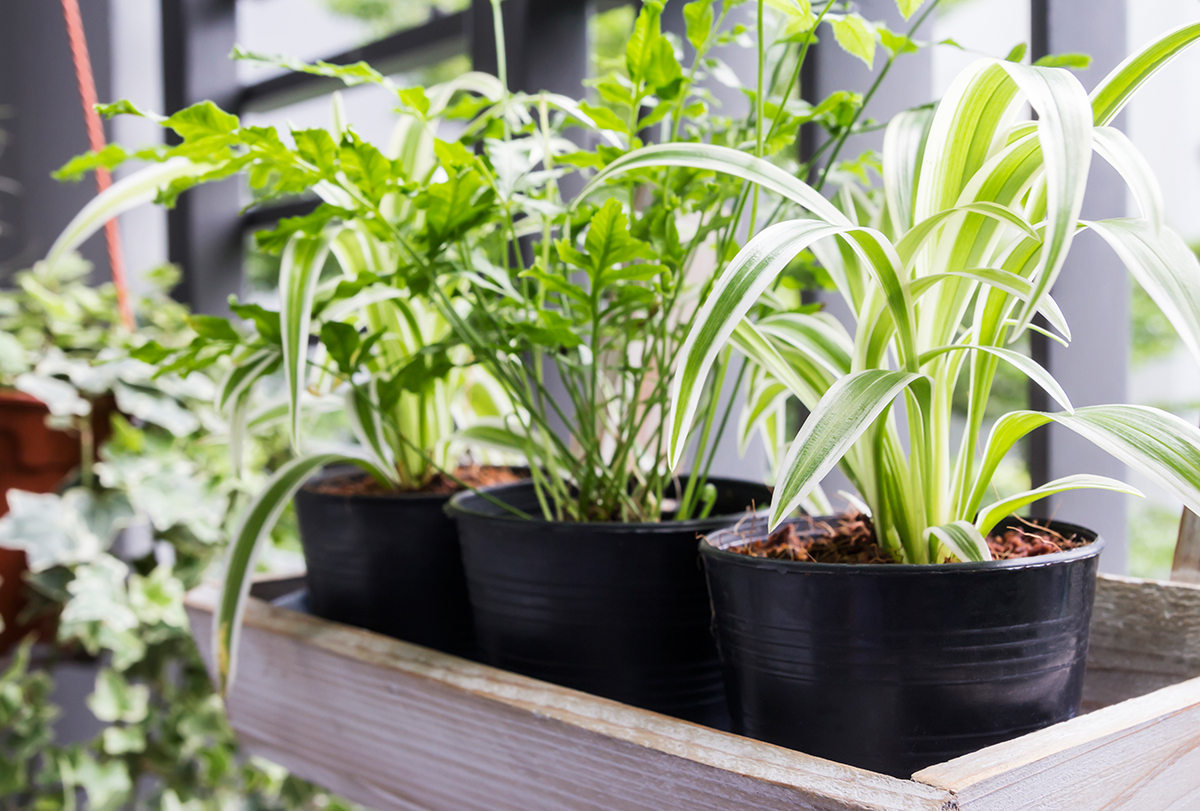
Several studies published by NASA have reported that some indoor plants can absorb chemicals and impurities from the air in your home and can make your environment fresher. These effects can improve your heart rate and help you de-stress. (1)
Plants That Can Grow Indoors
There are innumerable varieties of indoor plants you can keep around your home. Here are the most beneficial and easy-to-maintain house plants that are worth buying.
1. Spider plant
Spider plants are one of the most commonly grown house plants in the world. They require minimal maintenance, grow quickly, and are a good option for newbie plant parents. You can recognize this plant by its characteristic blade-like leaves.
Spider plants absorb common toxins such as carbon monoxide and formaldehyde and release oxygen, thus helping cleanse the air. (2)
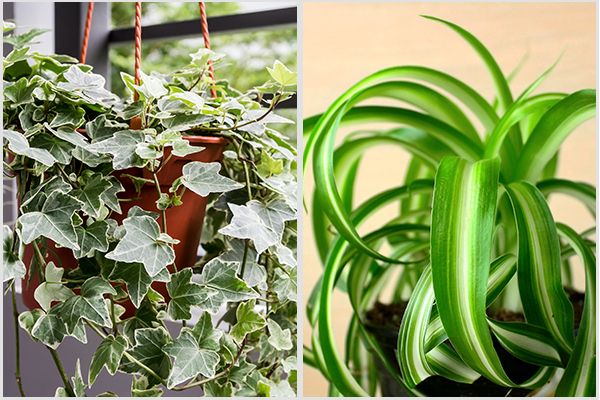
2. English ivy
English ivy is another popular house plant among plant lovers. It not only helps remove toxins from the air but is also known for its antimicrobial properties. It can help get rid of mold and other pathogens. (3)
All it needs is daily watering and at least 4 hours of sunlight to thrive.
3. Rubber plants
Rubber plants (Ficus elastica) are natural humidifiers – they add moisture to the air and also absorb chemical contaminants. (3) The added advantage of owning a rubber plant is that it is extremely low maintenance and can even grow in low levels of sunlight.
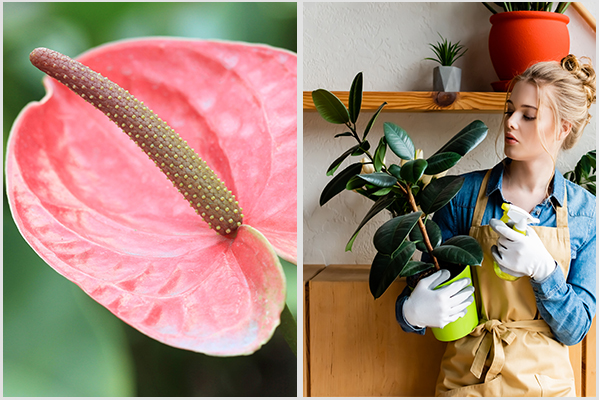
4. The flamingo lily
The flamingo lily has striking reddish-pink leaves shaped like hearts. It is a delight to the eyes as well as the environment. This plant has potent air-purifying qualities and does not require much watering – once or twice a week will do.
You can place a flamingo lily in your bathroom or kitchen as they grow well in humid areas. Just make sure that the place has lots of bright light.
5. Golden pothos
Pothos is one of the most resistant plants and grows well even with minimal care. It is another great choice for first-time plant owners, and it helps purify indoor air. (4)
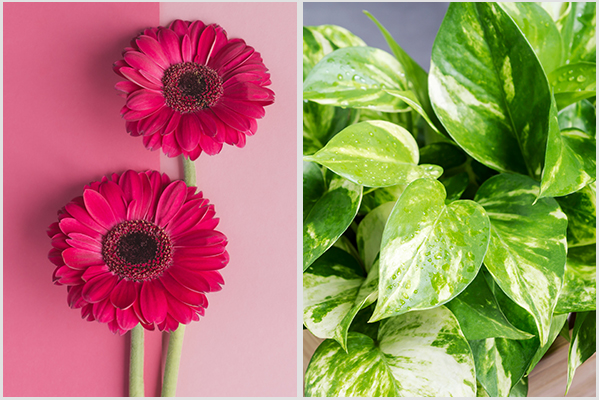
6. Gerbera
According to some research studies, the gerbera daisy is one of the most effective plants when it comes to air purification. It can remove benzene from the air and releases oxygen at night.
7. Aloe vera
Aloe vera has innumerable benefits for the environment as well as the body. It helps cleanse the air of toxins and releases oxygen.
Moreover, aloe vera leaves contain a gel-like substance that is a potent skin care ingredient. Aloe vera only needs to be watered twice or thrice a week.
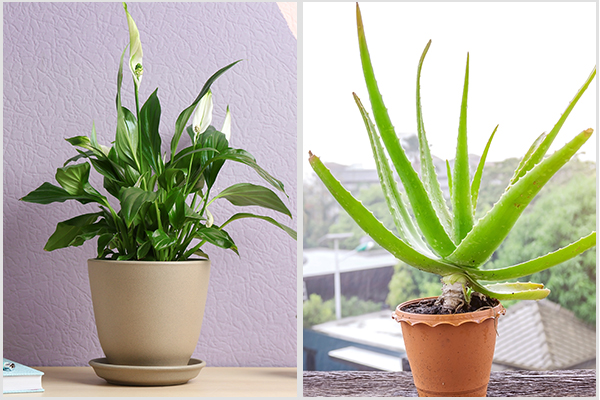
8. Peace lily
Peace lilies have beautiful white flowers that bloom in summer and serve as natural home décor. They also help remove formaldehyde, ammonia, and benzene from the air.
Note that peace lilies are flowering plants and may cause pollen allergies in some people. (5)
9. Boston fern
Boston ferns are an excellent option for people living in humid areas. They can be placed in air-conditioned rooms.
These ferns help remove benzene, formaldehyde, etc., from the environment. They grow well in cooler temperatures.
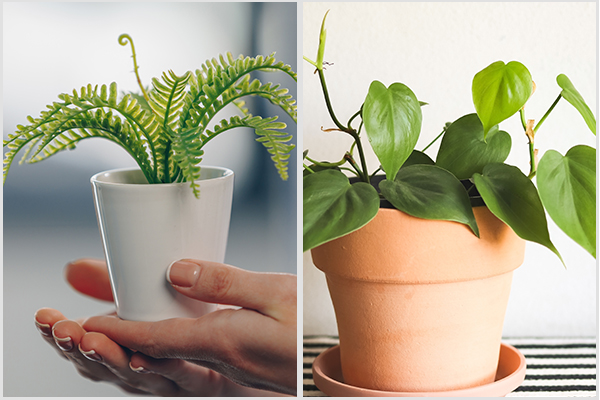
10. Heart-leaf philodendron
Heart-leaf philodendron (Philodendron hederaceum) is a climber plant that can look great on window sills, in wall corners, or just in their pots. They help purify the air and need to be watered regularly for growth.
Why Does Indoor-Air Quality Matter?
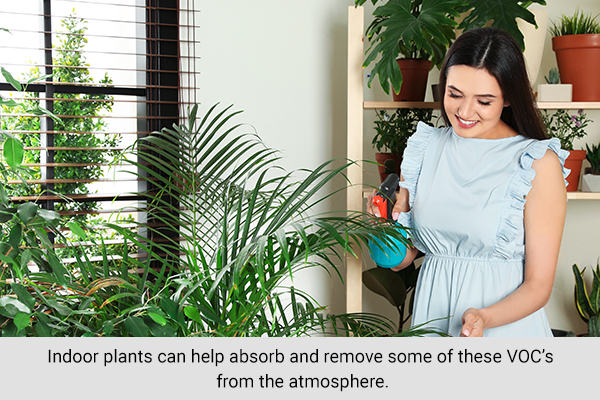
People spend nearly 90% of their lives indoors. Thus, indoor air quality can have a major impact on health.
Most household products such as air fresheners, cleaning devices, and even wall paint release some amount of volatile organic compounds (VOCs) in the air. These VOCs can have harmful effects on the body such as carcinogenic effects, kidney damage, and eye and nose irritation.
Indoor plants can help absorb and remove some of these VOCs from the atmosphere. (6)
Final Word
Air pollution is a major problem the world is facing today. While the quality of air on the streets is widely discussed, indoor air pollution is not being given much thought.
You spend most of your time indoors, and making sure the air you breathe inside your home is clean should be a priority. Keeping indoor plants, opening windows to allow the flow of fresh air, and not smoking inside the house are some steps you can take to have good-quality indoor air.
- Was this article helpful?
- YES, THANKS!NOT REALLY


